The Intersection of Potential and Quality
The year 2025 marks a pivotal moment in global trade dynamics, particularly for the construction and infrastructure sectors. As the world watches the rapid urbanization of the African continent, a specific trade route is gaining unprecedented traction: the export of high-quality ceramic tiles from Iran to Africa.
For decades, Iran has been a sleeping giant in the ceramic industry. Boasting some of the world’s largest reserves of raw materials (kaolin, feldspar, and silica) and benefiting from low energy costs, Iranian manufacturers have perfected the art of producing world-class tiles at prices that undercut global competitors. Simultaneously, Africa is experiencing a construction boom driven by a population expected to double by 2050. From the skyscrapers of Lagos to the residential complexes of Nairobi, the demand for affordable, durable, and aesthetic flooring solutions is insatiable.
However, bridging the gap between Iranian kilns and African construction sites requires more than just a product; it requires a roadmap. This guide provides a deep dive into the logistical, financial, and strategic nuances of exporting Iranian ceramic tiles to Africa in 2025. Whether you are a seasoned trader or a new entrant, understanding this ecosystem is the key to unlocking substantial profit margins.
Why Africa? Analyzing the 2025 Construction Landscape
To succeed in export, one must first understand the destination market. Africa is not a monolith; it is a continent of 54 diverse countries, but a common thread runs through many of them: rapid infrastructure development.
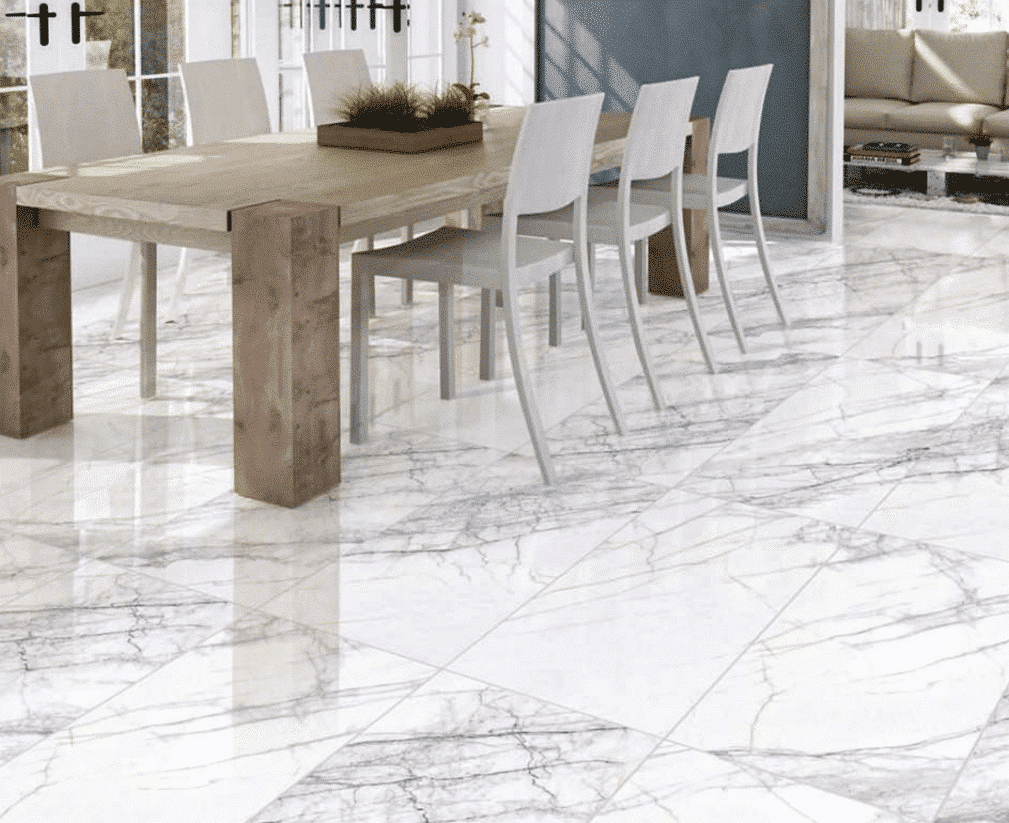
The Urbanization Boom
According to economic forecasts for 2025, Africa is the fastest-urbanizing region in the world. Governments in countries like Ethiopia, Ghana, and Tanzania are investing heavily in affordable housing projects. This shift from rural to urban living necessitates massive quantities of finishing materials. Ceramic tiles, being hygienic, durable, and easy to maintain, are the preferred choice for these developments.
The Shift Away from Traditional Suppliers
Historically, African importers relied heavily on European tiles (which are now prohibitively expensive due to energy costs) or Chinese tiles. While China remains a major player, rising freight costs and production shifts have narrowed their price competitive edge. This has created a vacuum that Iranian tiles are perfectly positioned to fill. Buyers are actively seeking alternatives that offer the “European look” at a price point closer to, or better than, Asian competitors.
The Iranian Advantage: Quality, Price, and Variety
Why should an African importer choose Iran in 2025? The value proposition is built on three pillars.
Unbeatable Cost-Efficiency
The ceramic industry is energy-intensive. Kilns must run at high temperatures 24/7. Iran holds some of the world’s largest natural gas reserves, allowing manufacturers to access energy at a fraction of the global market rate. Furthermore, the currency exchange rate creates a unique opportunity for export. For a buyer paying in USD or EUR, the cost per square meter of Iranian tiles is exceptionally low compared to the quality provided.
Diverse Product Portfolio
In 2025, Iranian factories are not just producing basic beige tiles. The industry has adopted advanced digital printing technology.
-
Porcelain Slabs: High-end, large-format tiles that mimic Italian marble.
-
Nano-Polished Tiles: Stain-resistant, high-gloss finishes popular in African commercial centers.
-
Rustic and Matte Finishes: Ideal for outdoor and high-traffic areas in tropical climates.
-
Decorative Pieces: Intricate designs that appeal to North African and West African aesthetic preferences.
Identifying Key African Markets for 2025
While the whole continent is growing, specific regions offer higher ROI due to logistics and demand volume.
East Africa (The Gateway)
-
Kenya: The port of Mombasa serves as the entry point not just for Kenya, but for landlocked Uganda, Rwanda, and South Sudan. Kenya’s middle class is growing, driving demand for mid-to-high-range porcelain tiles.
-
Tanzania: With the port of Dar es Salaam expanding, Tanzania is a prime market for construction materials.
West Africa (The Volume Kings)
-
Nigeria: As the most populous nation, the sheer volume of tiles required in Lagos and Abuja is staggering. However, importers must navigate strict bureaucratic hurdles (SONCAP certification).
-
Ghana: A stable political environment and a growing real estate sector make Ghana an attractive, lower-risk market for Iranian exporters.
Southern Africa
-
South Africa: A mature market demanding high-quality, standardized products. Competition is fiercer here, but the margins on luxury Iranian tiles can be significant.
Step-by-Step Guide to the Export Process
Exporting is not merely about loading a truck. It involves a systematic approach to ensure the goods arrive safely and payments are secured.
۱. Sourcing and Supplier Verification
There are hundreds of tile factories in Yazd and Isfahan (the hubs of Iranian ceramics). In 2025, reliance on digital directories is not enough.
-
Factory Audits: Ensure the factory has the capacity to fulfill large orders without color variation (shading issues).
-
Grading Standards: Iranian tiles are usually graded (Grade 1 to 4). Be explicit in your contracts about the acceptable grade. For export to Africa, a mix of Grade 1 (for luxury projects) and Grade 2 (for budget housing) is common.
۲. Packaging and Palletizing
This is the most overlooked aspect that causes the most damage.
-
Pallet Quality: Tiles are heavy. Cheap wood pallets will crush during the rough sea voyage or road transport within Africa. Demand fumigated, reinforced wooden pallets.
-
Shrink Wrapping: Essential for protection against humidity, especially for shipments going to tropical West Africa.
-
Corner Guards: Plastic protectors should be used to prevent chipping during handling.
۳. Inspection and Quality Control (QC)
Never ship without a pre-shipment inspection. You can hire third-party inspection agencies in Iran to verify:
-
Surface quality (cracks, pinholes).
-
Flatness and rectangularity.
-
Water absorption rates (crucial for porcelain vs. ceramic differentiation).
-
Quantity verification against the Packing List.
Logistics: Navigating the Route from Bandar Abbas to Africa
The logistics landscape in 2025 has stabilized somewhat compared to previous years, but it requires strategic planning.
Sea Freight Options
The primary exit point is the Port of Bandar Abbas.
-
Direct vs. Transshipment: Few lines offer direct service to African ports. Most shipments will transship via Jebel Ali (UAE) or Mundra (India). This adds to the transit time.
-
Transit Times:
-
East Africa (Mombasa): ~15–۲۵ days.
-
South Africa (Durban): ~25–۳۵ days.
-
West Africa (Lagos/Tema): ~35–۵۰ days.
-
Weight Restrictions and Container Loading
Ceramic tiles are dense cargo. You will almost always “weigh out” before you “cube out.”
-
۲۰ft Heavy Duty Containers: These are the standard. You generally cannot use 40ft containers for tiles because the weight limit is reached with half the space empty, leading to shifting cargo and breakage.
-
Payload Limits: Ensure the total weight does not exceed the road weight limits at the destination country. For example, some African nations strictly enforce a 24-ton limit on road transport, even if the shipping line allows 28 tons.
Mastering Customs, Tariffs, and Certifications
Bureaucracy is the biggest bottleneck in African trade. In 2025, digital customs systems are more prevalent, but documentation accuracy is paramount.
Mandatory Certifications
-
SONCAP (Nigeria): The Standards Organisation of Nigeria Conformity Assessment Program is mandatory. You need a Product Certificate (PC) and a SONCAP Certificate (SC) for customs clearance.
-
PVOC (Kenya/Uganda/Tanzania): Pre-Export Verification of Conformity. Goods must be inspected and tested by an authorized agent (like SGS, Intertek, or Bureau Veritas) before leaving Iran or the transshipment hub.
-
ECTN/BESC: Electronic Cargo Tracking Notes are required for many West African nations. Failure to obtain this before arrival results in massive fines.
Tariffs and Trade Agreements
While the African Continental Free Trade Area (AfCFTA) is boosting intra-African trade, imports from outside (like Iran) are still subject to External Tariffs. However, Iran has bilateral trade agreements with several nations that may offer reduced duties. Always consult with a local clearing agent in the destination country to confirm the latest HS Code (usually 6907 for ceramic flags and paving, hearth or wall tiles) duties.
Financial Engineering: Payments and Transactions
Given the sanctions environment surrounding Iran, financial transactions require careful maneuvering.
H3: Safe Payment Channels
-
The UAE Intermediary: The most common method in 2025 remains using a trading company registered in Dubai or Turkey. The African buyer pays the Dubai entity, which then handles the settlement with the Iranian supplier. This provides a layer of comfort and compliance for the African bank.
-
Exchange Houses (Sarafi): For smaller transactions or countries with difficult banking systems, trusted exchange houses facilitate the transfer of funds securely.
-
Barter Trade: In some emerging cases, barter arrangements (e.g., raw materials or food products from Africa in exchange for construction materials) are becoming a viable alternative to bypass hard currency shortages.
Incoterms 2020 Application
-
FOB (Free on Board): Recommended if the buyer has a strong logistics partner. The Iranian seller hands over goods at Bandar Abbas.
-
CFR/CIF (Cost and Freight / Cost, Insurance, Freight): Preferred by most African buyers. The Iranian exporter arranges shipping to the destination port. Crucial Note: Always ensure the insurance coverage (Clause A) covers breakage, as tiles are fragile.
Common Challenges and Mitigation Strategies
To be a professional exporter, you must anticipate problems.
Breakage Rates
Even with good packaging, a 1-2% breakage rate is often standard.
-
Solution: Always include “spares” or free tiles (approx. 1-2%) in the container to cover potential breakage, ensuring the end-user has enough to finish the job.
Color Shade Variation
Tiles produced in different batches can have slight color differences.
-
Solution: Ensure the entire order for a specific project comes from a single “Tone” or “Caliber” batch. Mark the boxes clearly.
Changing Import Regulations
African governments frequently change duty structures to protect local industries.
-
Solution: Maintain close contact with a clearing agent in the destination port. Do not rely solely on internet data; get real-time advice.
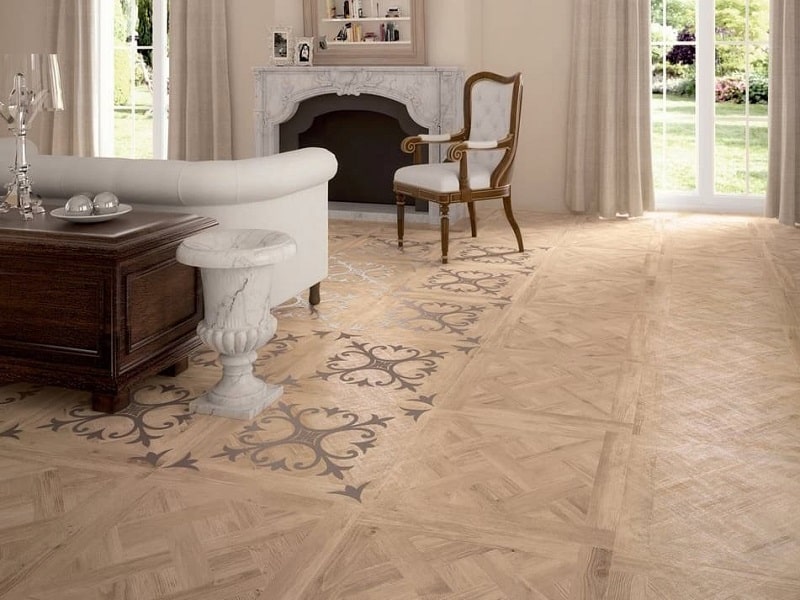
Marketing Your Tiles to African Buyers
How do you find buyers in 2025?
-
Digital Presence: A professional English-language website is non-negotiable.
-
Trade Shows: Attend key exhibitions like The Big 5 Construct (often held in Kenya, Nigeria, or Egypt). Physical samples are powerful.
-
Social Media: WhatsApp and LinkedIn are the primary business tools in Africa. Showcase high-quality photos of your tiles installed in projects, not just loose tiles on a shelf.
Conclusion
The export of Iranian ceramic tiles to Africa in 2025 represents a synergy of supply and demand that is rare in international trade. Iran offers the production capacity, the aesthetic variety, and the price point; Africa offers the volume, the growth, and the hunger for development.
However, success in this corridor is not for the unprepared. It belongs to those who understand the nuances of logistics, who respect the rigorous certification requirements of African customs, and who build trust through consistent quality and transparent financial dealings. By following the guidelines outlined in this article, exporters and importers can build not just a trade route, but a lasting bridge of economic prosperity between the Middle East and Africa.
The tiles you ship today will form the floors of the homes, hospitals, and offices of the Africa of tomorrow.
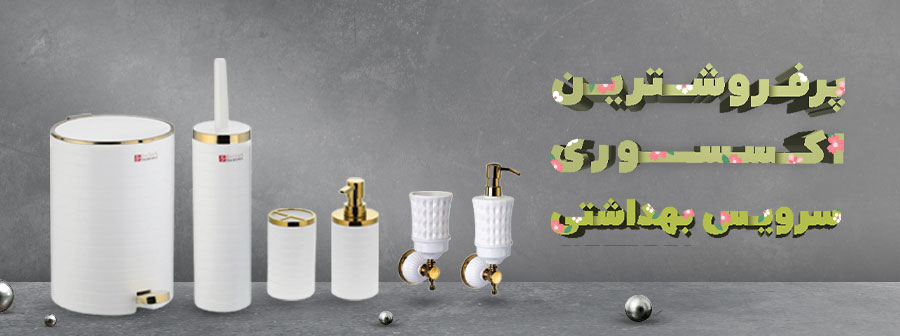
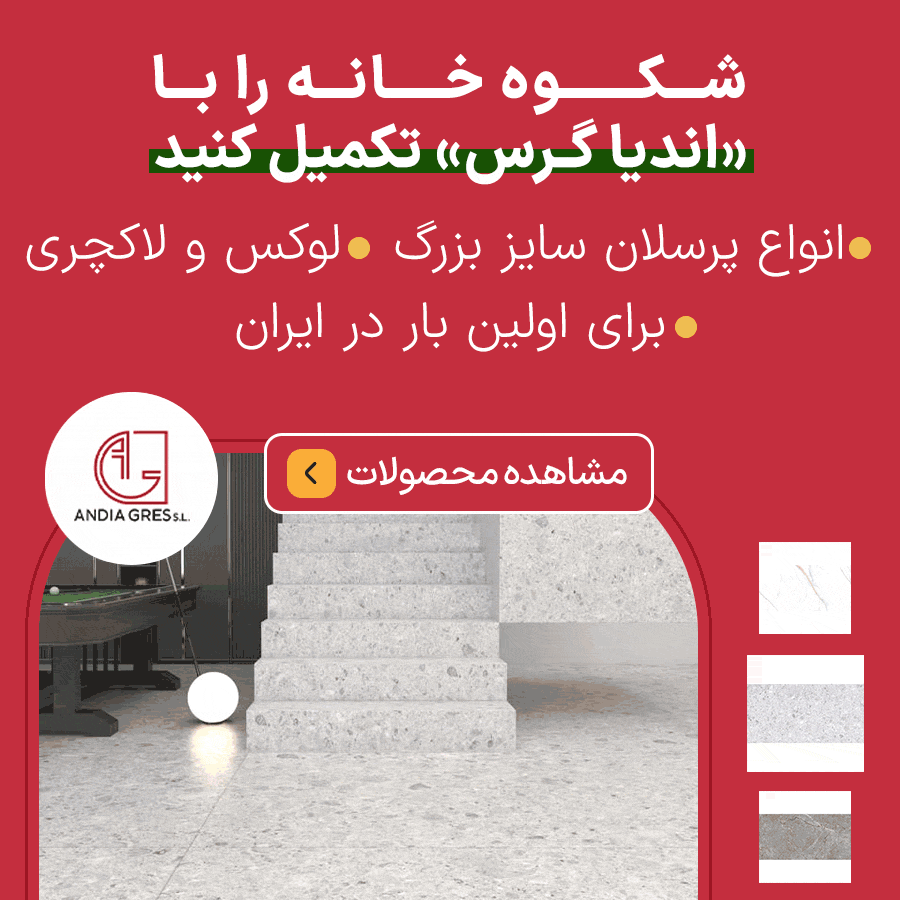
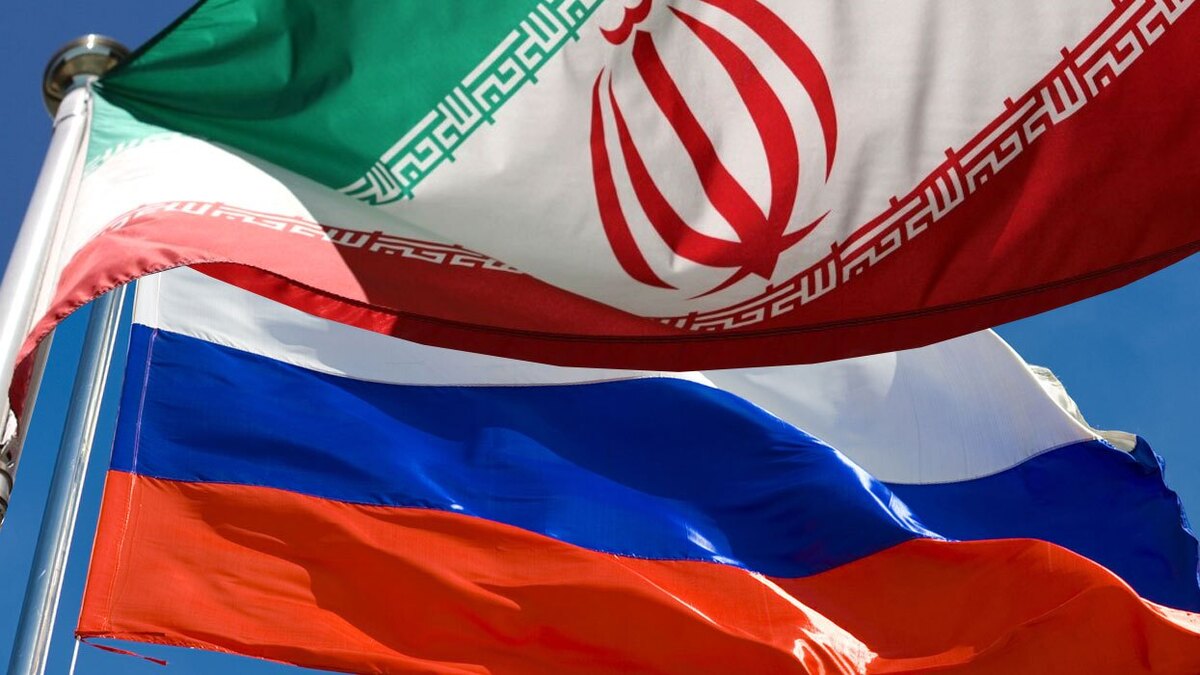

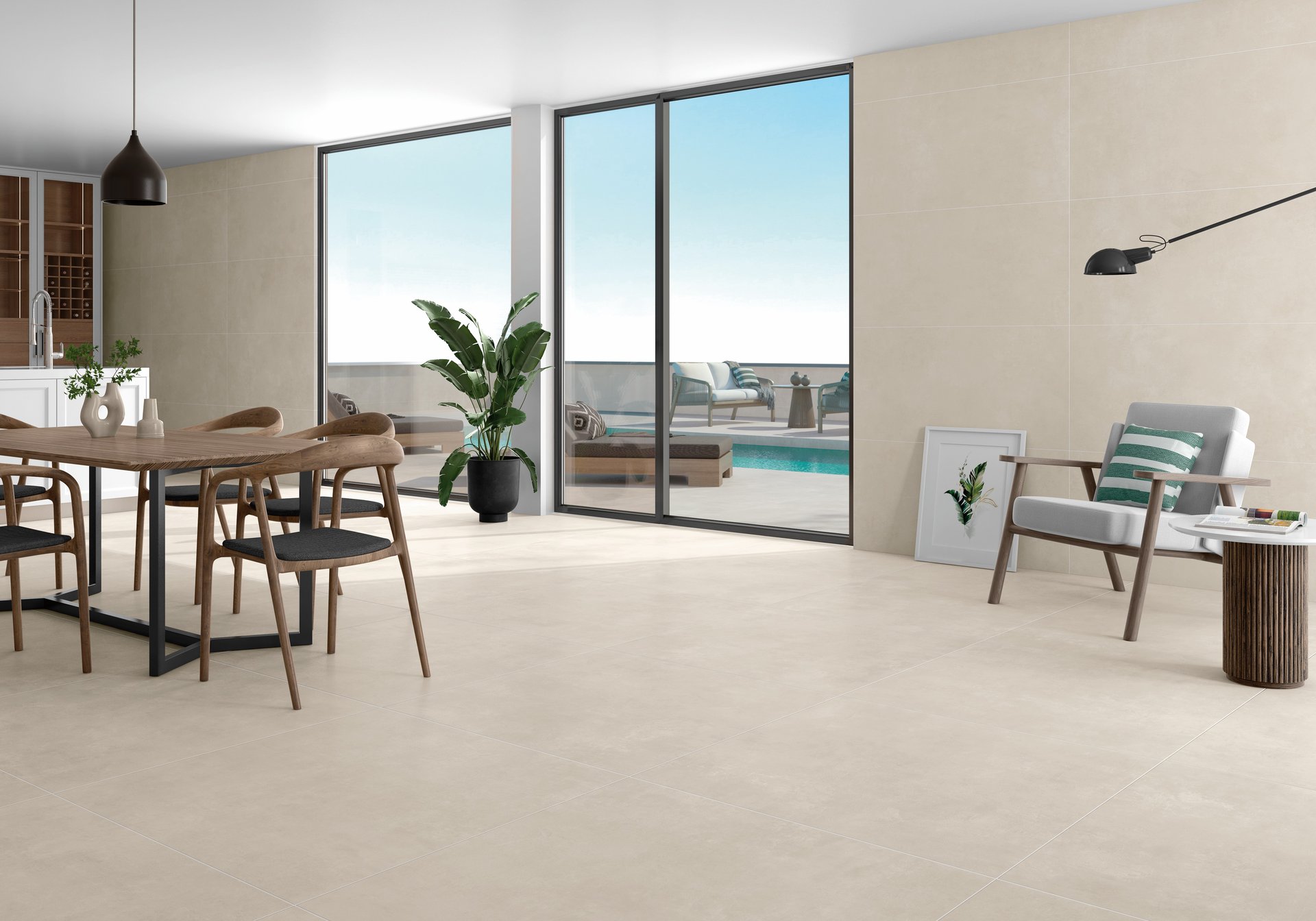
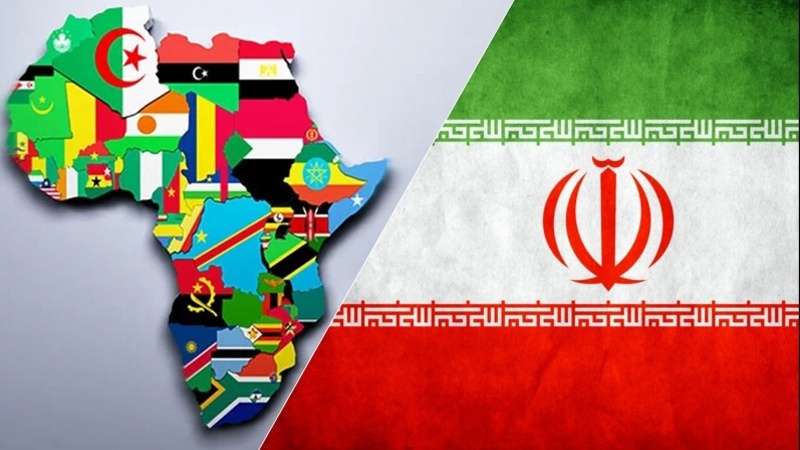

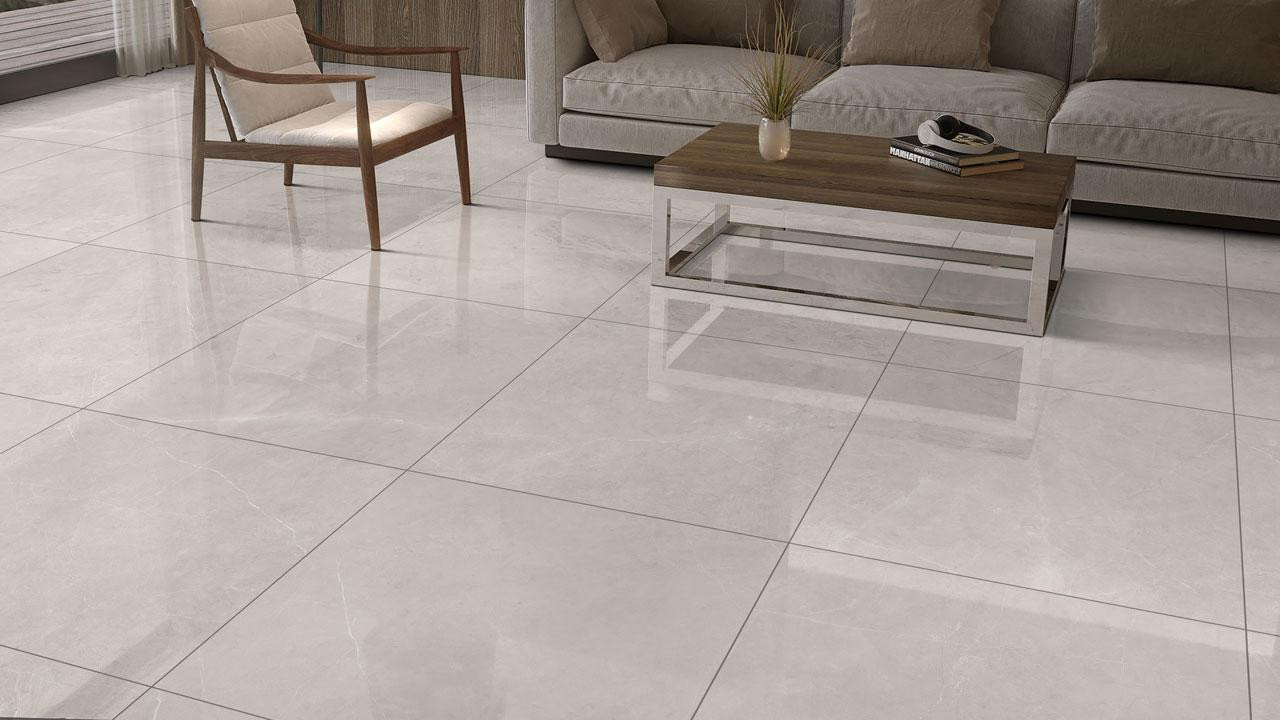
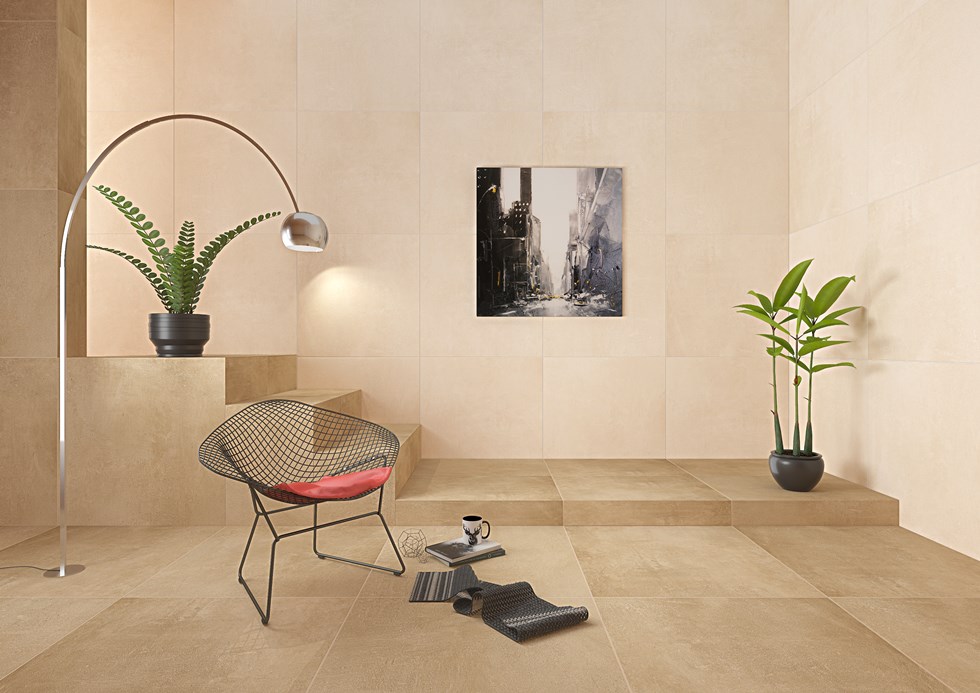
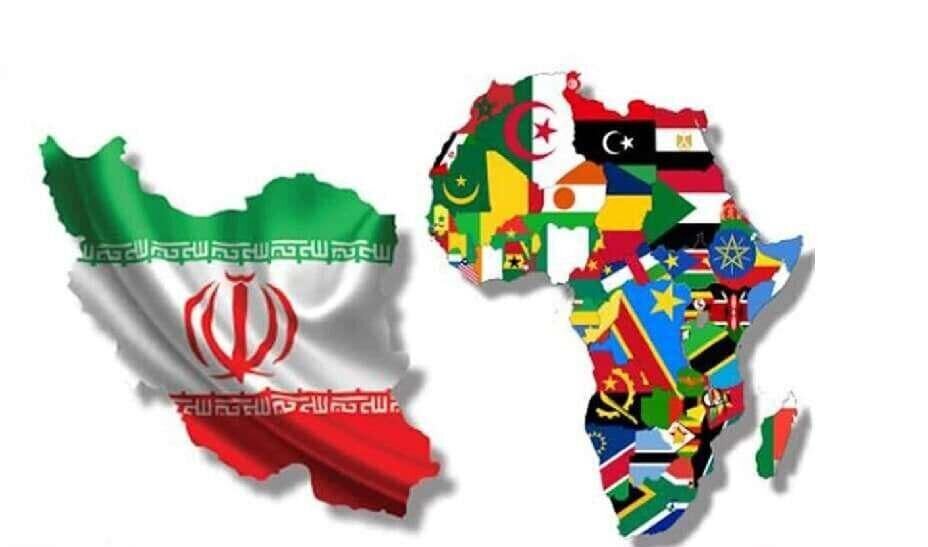
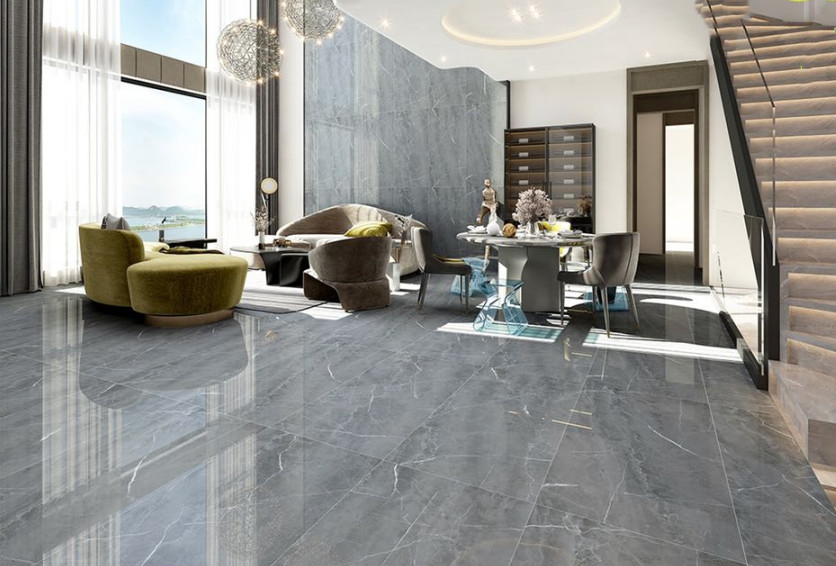

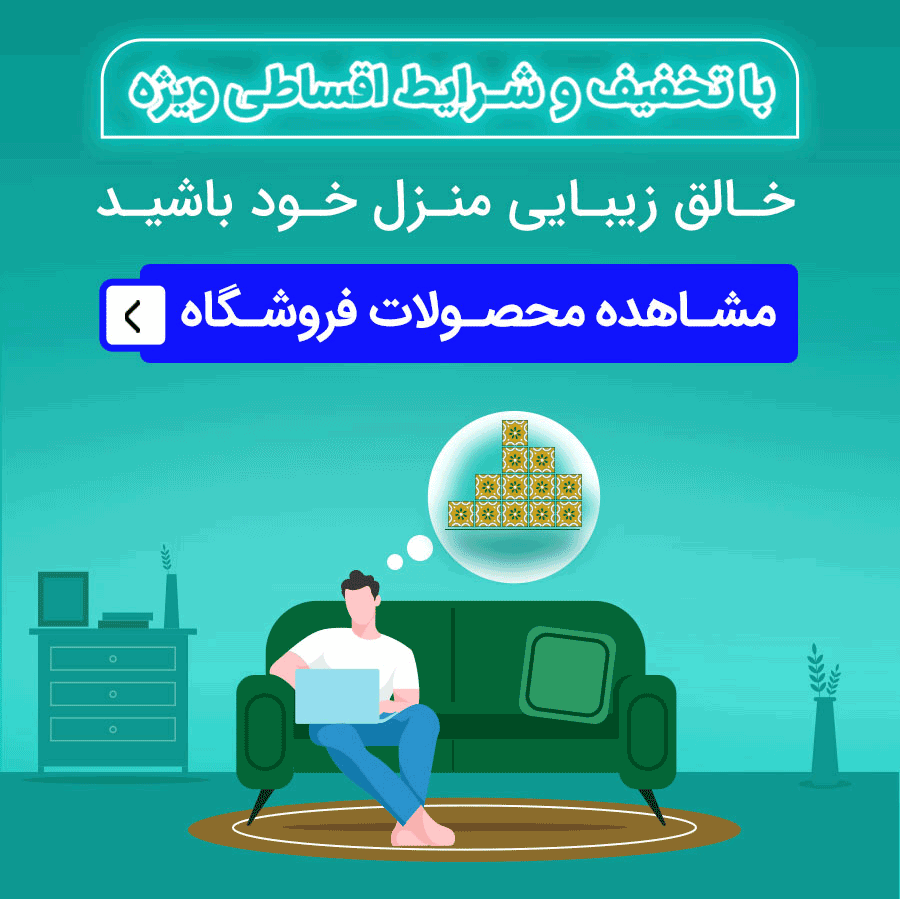
نظرات ۰